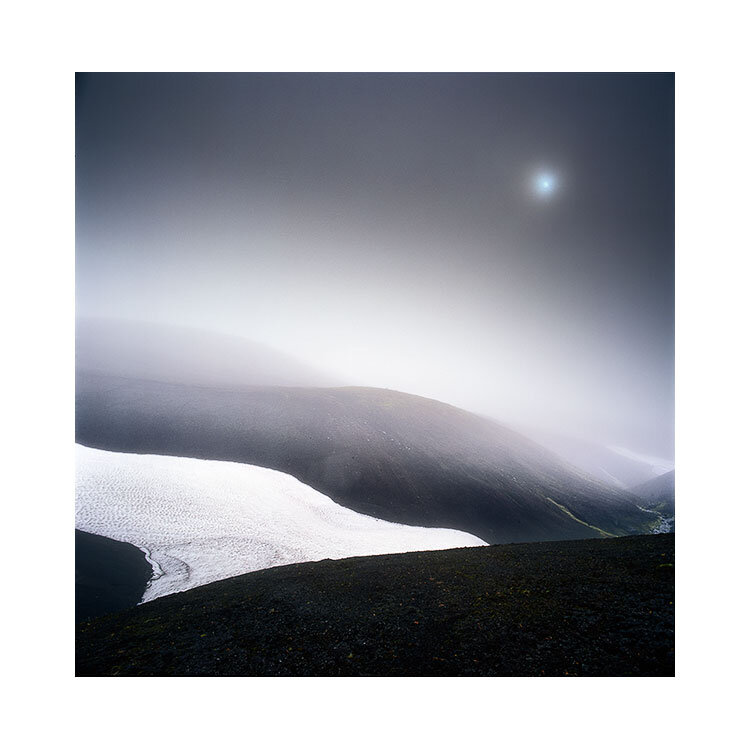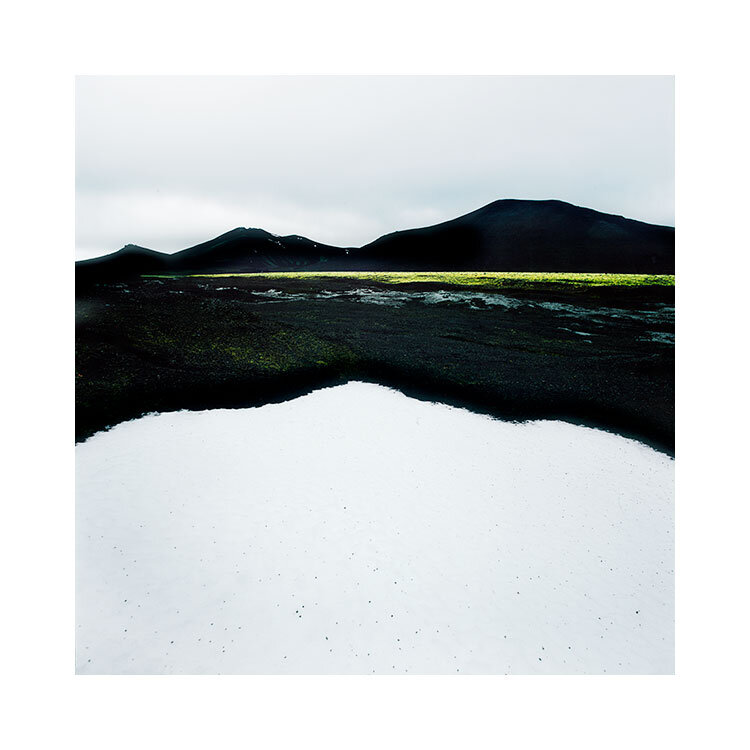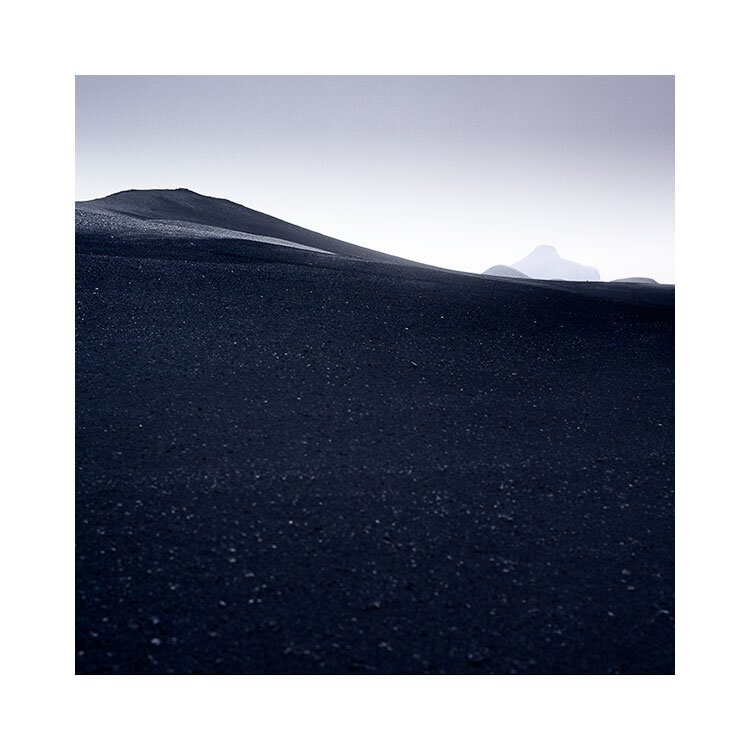I have been running a photo business for a decade now. No one really understands how it has been for me. I realise that some people may think that it’s been a great time and Bruce has had a real adventure (they’re not wrong - I’ve had a terrific time!), but the thing is, until you are in someone else’s shoes, you never really understand what it is they are going through.
Take it from me: turning your passion or hobby into your work is a double-edged sword. I don’t refute that there are the benefits that we all think there may be. Sure, I’ve had a great time, sure it beats doing a ‘real job’, sure it’s nice to be able to do photography all the time. But there is another side: the pressure of making an income, the pressure of delivering tours and workshops that customers have paid good money for. Pressure to make sure that everyone feels happy with what they got. That is quite a large-scope to handle, because every participant that comes on a trip with me has their own personal ‘take’ on what they’re looking for, and why they are there.
Anyway, I hope this doesn’t sound like I’m moaning. I really appreciate what I do, and I think it’s amazing that I get to go around the world, doing what I do, and getting to meet so many people from everywhere. It’s one of the most special things that has happened for me: I’ve also met some very special people over the years. Ones I wouldn’t have had the opportunity to meet if I’d stayed in my IT job here in Edinburgh.
But the fact is, turning your passion / hobby into your living, can, without any will in the world, turn it into some unwanted pressure. Something which, for the most part hasn’t happened to me. But the truth is: it has, on occasion been too much. There have been a few moments when I thought ‘I’m not sure I want to do this any longer’.
For a long while I couldn’t accept these thoughts or feelings. I felt I was being an absolute traitor to who I was before I started doing this. The guy who had so keenly abandoned a 9-5 job for this ‘dream job’.
But these days I don’t feel bad at all when I encounter these feelings. You see, they’re no different from the feelings we all experience. For example, no matter how much we may love our partners, we all have doubts. In my view, we would be very unusual if we never ever had any doubts about who we are with. Then there is our career. If no one had any doubts about the job that they do, or the friends that they know, or the life that they lead, they’d be more perfect and in their lives than not just the majority of us, but all of us.
Truth is: having moments of doubt is healthy. It means you’re ‘checking in’.
It means you’re present.
It means you’re here.
It means you’re in touch with where you are right now.
Life, and art are not black and white. Nothing is.
There is so much grey ground in what we do in our lives. Maintaining the same level of passion for something indefinitely is hard, if not impossible to do. Rather than worrying that it’s the start of the end, it’s much healthier to realise that any doubts or downturn you have is ‘just a moment’. Part of the ebb and flow of life. Just like everything else we encounter.
Anyway, my reasons for writing this today is because I’ve been ‘reconnecting’. Looking at photos that I love, and if you are a regular follower of my blog, you’ll know I’m an unashamedly Michael Kenna fan. So that’s why Iv'e attached the photo above. A statue in an Italian graveyard, photographed in such a way that anyone may assume it’s a real person. Michael is a genius.
I’m thankful for the photographers I love, because each time I feel I’m wondering if I should pack in what I do, I reconnect to my heroes (Galen Rowell, Elliot Porter, Elliot Erwitt, Robert Cappa, Bill Brandt and of course, the special talent of Michael Kenna). By doing so, they remind me why I am in this game in the first place.
By reconnecting every once in a while to the photographer who are my heroes, I am reminded why I do what I do, and why I’m grateful for it.























































